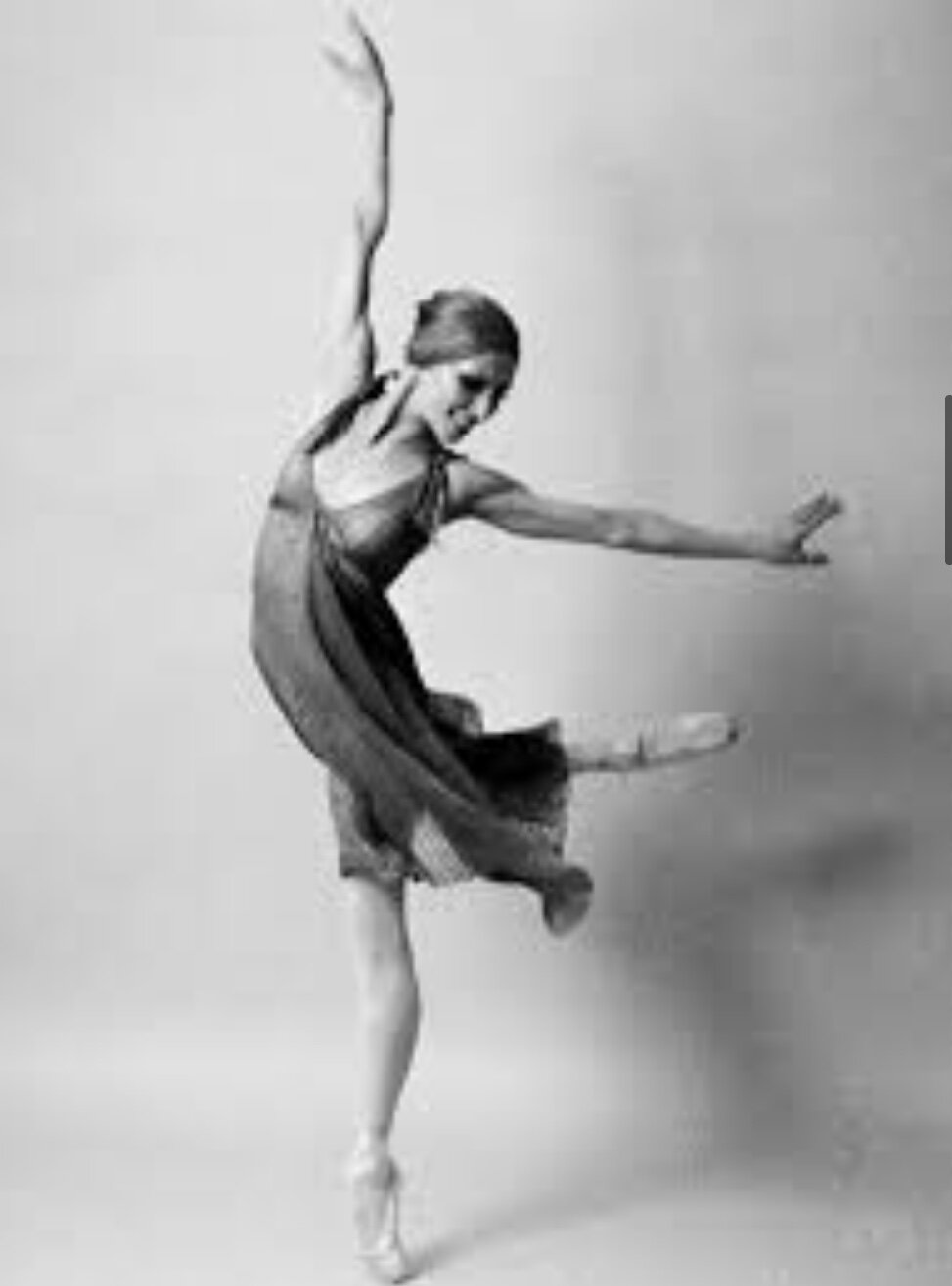Natalia Makarova at eighty
1; 2; 3; 4; 5; 6; 7; 8. To every new generation of dance-goers, I wish dancers as divisively controversial as Natalia Makarova and Lynn Seymour. Makarova is eighty today; Seymour was eighty early last year.
In the years 1975-1980, when I was in my early twenties, I saw Makarova in eighteen roles, Seymour in at least thirty. The two women greatly admired each other, sometimes sharing the Covent Garden or Coliseum or Festival Hall stage in such ballets as “Les Sylphides” (Fokine), “Cinderella” (Ashton), “Dances at a Gathering” (Robbins), while also sometimes sharing the same role in a single season - Odette-Odile; the heroine of “Serenade” (Balanchine); Juliet; and Manon (MacMIllan). I was without exception a Seymour devotee, while many of my friends venerated Makarova but found Seymour physically less delectable and technically more problematic. We should all have arguments that instructive; I often feel I learnt my trade as a critic by learning to analyse these two great dancers.
With both women, I loved their feet more than I have loved those of any other ballerina (and I’ve loved many feet in my time): Makarova’s way of descending gradually through the sole of the foot was mesmerising and luxurious, while Seymour’s feet (they seemed to breathe) were the only ballet feet I have ever wanted to hold in my hands and kiss. (They reminded Fredrick Ashton of Anna Pavlova’s. Lydia Sokolova wrote to Richard Buckle that they were indeed like Pavlova’s “but they work better”.) And with both women the spine was always alive, pliant, a source of life, energy, plasticity, and expression for the whole body.
Over forty years on, I remember the differences between one Makarova performance and the next in the same role, in repertory from “Giselle” to Balanchine’s “Tschaikovsky pas de deux”. A few roles I only saw her dance once: the “Corsaire” pas de deux; the Garçonne in “Les Biches”; Cinderella. They were burningly distinctive nonetheless; mysteriously definitive in “Biches” and glamorously unsurpassable in “Corsaire”. To watch Makarova work her way into Balanchine’s “Tschaikovsky pas de deux” over two weeks of performances was to watch dance intelligence in action: she took more risks, ate up more space, found her way at last into musical precision. What other ballerina has made so much of Kitri’s diagonal of pas de cheval in the “Don Quixote “ pas de deux?
If you did not see what was controversial about Makarova, you missed half the point of her - above all in “Swan Lake”, where her Odette-Odile (never the same from one performance to the next) was the most importantly peculiar performance of any role the day. She took slow tempi but lagged further behind them than any ballerina I have ever watched; and she tended to dance not “Swan Lake” but “Variations on ‘Swan Lake’”, archly playing with different effects and indeed whole new interpretations at each performance. (After Act Two of my first Makarova “Swan Lake”, I heard a London balletomane exclaim “All she thinks about are her bloody arms and legs!” I was relieved to hear it, but I myself was more in shock from Makarova’s seeming disregard for musical timing. Yet her line, her plastique, her dramatic authority, her rich imagination, her immersion in the role: these were never in doubt. Her body was exquisite from neck to toe, but her glamour came from deep within. I saw her dance the role with Donald MacLeary, Rudolf Nureyev, David Wall, and Anthony Dowell. Her partnership with Dowell was rightly celebrated - they shared the same glamour, intelligence, and commitment - but it’s too bad there are almost no photographs to record her partnership with Wall, with whose support she simply took off into the stratosphere.
To some degree, the same was true of her Giselle (elements of preciosity and contrivance, and archness) and yet there are passages of that role where, even now, I can often scarcely see the ballerina before me because Makarova is indelibly written into the choreography: above all the rapid revolutions in bent-leg arabesque with which she made her first move in Act Two and the astoundingly soft descents from jumps later, through the foot as if returning to the floor not from gravity but by choice. I saw her play the role to Nureyev, to Mikhail Baryshnikov, and to Dowell: all three were peak experiences. Over forty-five years, I’ve seen other Giselles at least as great; but she’s writ large into my “Giselle” memory.
I watched Makarova and Seymour after 1980 too, and deepened my respect for their artistry. In the 1990s, I watched Makarova as a stage actress and Seymour in modern dance: remarkable all. (Somewhere I have Makarova’s handwritten thanks for my “Financial Times” review of her performance in “Tovarich”.) But to see those two consummate artists in 1975-1980, when they had full control of their technical resources: this was rare luxury. I am forever grateful for the experience - and for the arguments.
Saturday 21 November







